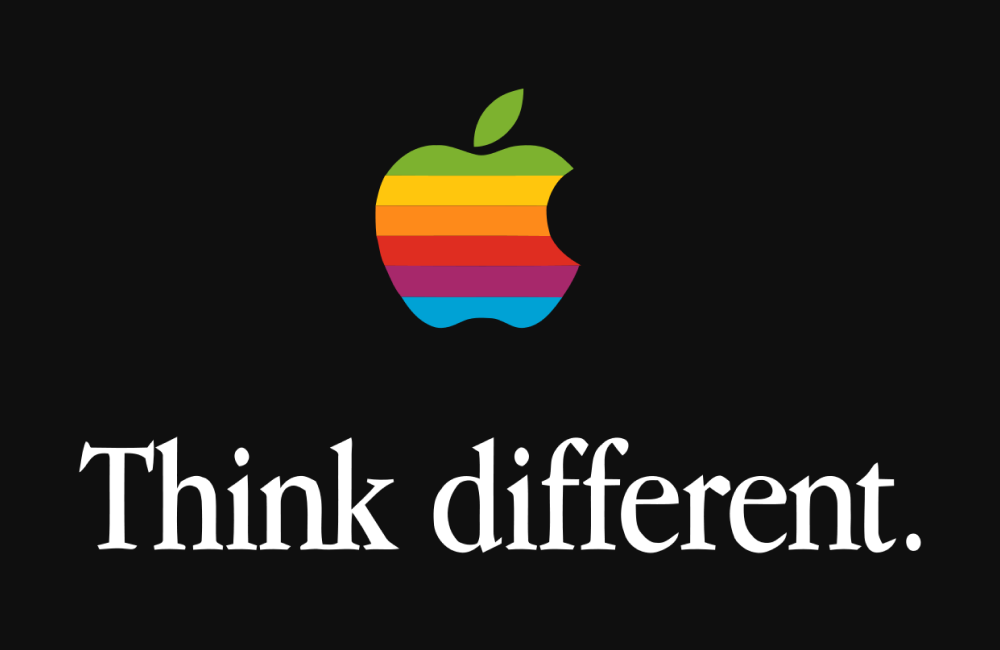The “Why” Not the “What”: How to Craft a Great Branded Story


hat makes a story great? Is it the characters? The plot? The setting? Or is it something found on a deeper level that inspires and captivates the audience, leaving the memory of the story stamped permanently in their minds?
For brands, content creators, and filmmakers, a compelling story is crucial for their work to succeed. To tell a great story, brands and creators need to focus on more than just their products and content — they need a clear message that makes a lasting impression on their audience. This article dives into the difference between the “what” and the “why” of a story and explains the crucial importance of focusing on the “why.” Keep reading to learn how to craft a powerful branded story that can produce real, meaningful results!
What is the “What” and the “Why” in a Branded Story?
When creating a branded story, the “what” and the “why” are the central elements to focus on. The products and content that a brand offers are the “what” of the story, while the “why” is a more in-depth exploration of how these products and content can enhance a person’s life.
For example, let’s examine Nike and how they employ a “what” and a “why” in their branding. Nike’s “what” is their range of athletic products that include shoes, apparel, accessories, and more. As for Nike’s “why,” the brand’s well-known slogan “Just Do It” is the basic premise that this “why” is centered around. The “Just Do It” phrase is used in almost all of Nike’s marketing, inspiring the brand’s audience to venture outside of their comfort zone to accomplish their goals.
Since clear and consistent messaging is essential for brands and creators, most will have a central slogan that provides the foundational meaning behind the “why” in each brand’s respective storytelling strategy.


The Significance of Asking “Why?” in Storytelling
Think of it like this — if a brand does not have a strong story that informs its audience of why its content or products are the best choices on the market, that audience may not see a difference between one product or piece of content and the next.
By emphasizing the “why” in a storytelling strategy, a brand can position its content and products to have a much deeper meaning in the lives of the audience. Not only this but a well-crafted “why” can also feel more personal to each audience member, showing them that a brand appreciates their individuality.
With a pronounced focus on the “why” in a story, a brand or creator can elicit specific feelings and sentiments from the audience that go a lot further in inspiring brand loyalty than simply describing a product or piece of content. The brand or creator can form an emotional bond with their audience that fosters a deeper connection between them.
How Important is the “What” in a Branded Story?
Though the “why” is often the driving factor behind captivating an audience’s attention, the “what” still has a vital role to play — after all, the entire purpose of the “why” is to drive attention to the “what.” When we consider how the “what” comes into play in a branded story, it is key to keep in mind the concept of Show, Don’t Tell.
The idea of Show, Don’t Tell is that, rather than outright sharing information about the main subject in a story (in this case, a brand’s products or content), the narrator (the brand or creator) instead strives to paint a vivid picture of the main subject through the use of detailed descriptions and powerful language. Moreover, the “what” in a branded story should be conveyed as a critically important tool that the audience needs to experience the “why” that a brand or creator has illustrated.
Final Thoughts: Ask Yourself Why You Feel Compelled to Support a Brand
To truly understand the role the “why” plays in storytelling, the key is to consider your personal relationships with your favorite brands. As you develop your own branded story, think about your favorite brands and what draws you to them.
For instance, let’s imagine you are an avid fan of Apple. Though there are plenty of alternatives to Apple in the tech market, Apple inspires brand loyalty by creating a sense of community and connectivity between Apple users.
Apple’s slogan — “Think Different” — establishes a feeling of intelligence and uniqueness that an audience can only experience through the use of the company’s products and services.


This demonstrates how the “what” and the “why” cannot be effective without each other — instead, they function simultaneously to give each other a deeper meaning that your audience can relate to. In the case of Apple, the brand’s products (the “what”) are the tools needed to “Think Different” (the “why”).
Above all else, remember that the “what” and “why” in your story must work together to create an authentically compelling narrative.
Comments (2)
-
-
Mando Luttrell
Lorem ipsum dolor sit amet, sed do consectetur adipiscing elit incididunt. Consectetur adipiscing elit tempor incididunt.
-
Comments are closed.

Casey Mallep
Lorem ipsum dolor sit amet, sed do consectetur adipiscing elit incididunt. Consectetur adipiscing elit tempor incididunt ut labore consectetur adipiscing elit.